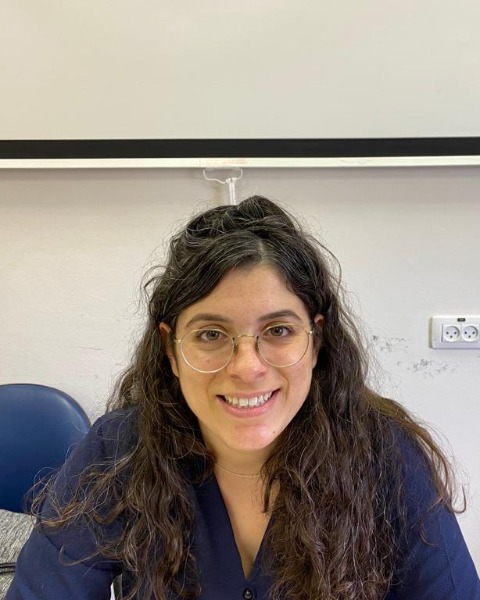Category: Labor
Poster Session II
(617) The impact of epidural analgesia on third stage of labor disorders
To evaluate whether epidural analgesia (EA) is associated with complications of the third stage of labor.
Study Design:
In this retrospective population-based cohort study, all women who delivered between the years 1996-2016 in a large tertiary medical center were divided to those who used EA during labor (study group) and those who did not (comparison group). We excluded from the analysis women with multiple pregnancies, congenital malformations, women who underwent a cesarean section, those complicated with uterine rupture in the index pregnancy and those lacking prenatal care. Clinical, demographical and obstetrical characteristics were collected and pregnancy complications and adverse perinatal outcomes were compared between the groups. Univariate analysis was followed by a multivariate analysis to control for confounders. A p-value of < 0.05 was considered statistically significant.
Results:
During the study period, 209,096 patients met the inclusion criteria. Of these, 43,413 (20.7%) delivered with EA. Significantly higher rates of postpartum hemorrhage (PPH), need for blood transfusions and anemia (Hemoglobin less than 10gr/dl) were noted in the study group. A composite of placental complications (including retained placenta, adherent placenta, need for manual removal of the placenta, postpartum curettage, revision of the uterine cavity) was not found to be significantly different between the groups.
In a multivariate analysis, after controlling for maternal age, vacuum delivery, polyhydramnios and previous cesarean delivery, EA was found to be an independent risk factor for a composite hemorrhagic outcome (including PPH, need for blood transfusion and anemia).
Conclusion:
EA was significantly associated with hemorrhagic complications (PPH, need for blood transfusions and anemia) independent of third stage of labor placental complications.

Tamar Eshkoli, MD
Senior
Department of Obstetrics and Gynecology, Soroka University Medical Center, Faculty of Health Sciences, Ben-Gurion University of the Negev, Beer-Sheva
Beer Sheva, HaDarom, Israel, Israel- YB
Yael Baumfeld, MD
Soroka University Medical Center, Ben-Gurion University of the Negev
Beer Sheva, HaDarom, Israel, Israel - ZY
Zehava Yohay, RN
Soroka University Medical Center
Beer Sheva, Israel, Israel 
Yair Binyamin, MD
Department of Anesthesiology, Soroka University Medical Center and the Faculty of Health Sciences, Ben-Gurion University of the Negev, Beer-Sheva, Israel
Beer Sheva, HaDarom, Israel, Israel- RH
Reli Hershkovitz, MD
Head of the Obstretics and Gynecology Division
Soroka Medical Center
Omer, HaDarom, Israel - SG
Shirly Gliklis, MD
Soroka University Medical Center
Be'er Sheva, HaDarom, Israel 
Shanny Sade, MD
Soroka University Medical Center
Be'er Sheva, HaDarom, Israel- AW
Adi Y. Weintraub, MD
Department of Obstetrics and Gynecology, Soroka University Medical Center, Faculty of Health Sciences, Ben-Gurion University of the Negev
Beer Sheva, Israel, Israel

.png)
